Classmates.com 2010 Annual Report Download - page 51
Download and view the complete annual report
Please find page 51 of the 2010 Classmates.com annual report below. You can navigate through the pages in the report by either clicking on the pages listed below, or by using the keyword search tool below to find specific information within the annual report.-
 1
1 -
 2
2 -
 3
3 -
 4
4 -
 5
5 -
 6
6 -
 7
7 -
 8
8 -
 9
9 -
 10
10 -
 11
11 -
 12
12 -
 13
13 -
 14
14 -
 15
15 -
 16
16 -
 17
17 -
 18
18 -
 19
19 -
 20
20 -
 21
21 -
 22
22 -
 23
23 -
 24
24 -
 25
25 -
 26
26 -
 27
27 -
 28
28 -
 29
29 -
 30
30 -
 31
31 -
 32
32 -
 33
33 -
 34
34 -
 35
35 -
 36
36 -
 37
37 -
 38
38 -
 39
39 -
 40
40 -
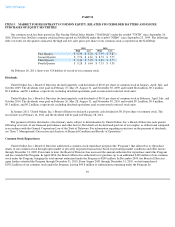 41
41 -
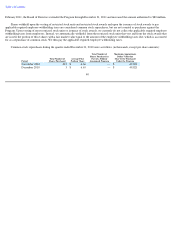 42
42 -
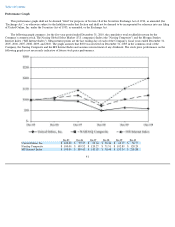 43
43 -
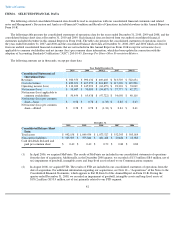 44
44 -
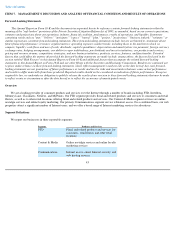 45
45 -
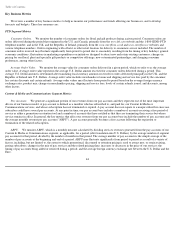 46
46 -
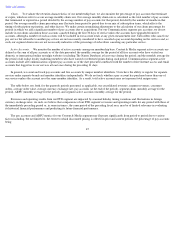 47
47 -
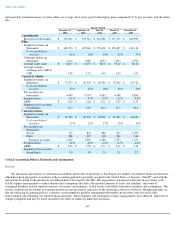 48
48 -
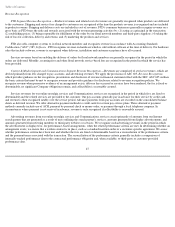 49
49 -
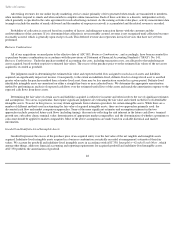 50
50 -
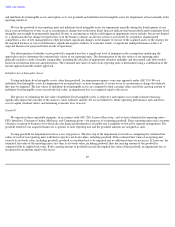 51
51 -
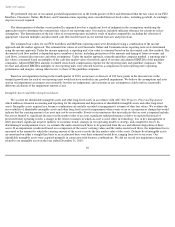 52
52 -
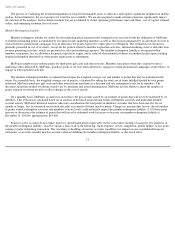 53
53 -
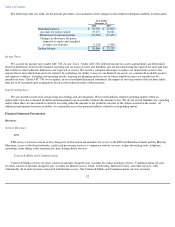 54
54 -
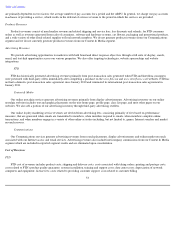 55
55 -
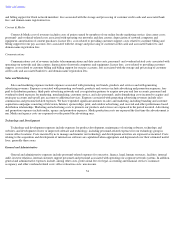 56
56 -
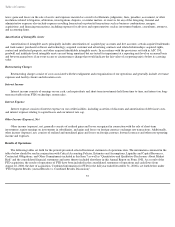 57
57 -
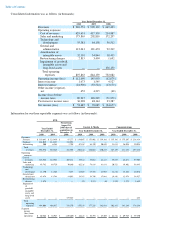 58
58 -
 59
59 -
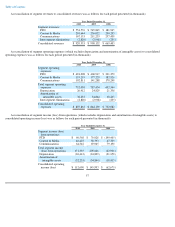 60
60 -
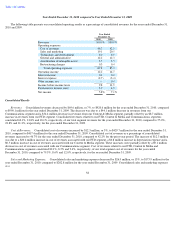 61
61 -
 62
62 -
 63
63 -
 64
64 -
 65
65 -
 66
66 -
 67
67 -
 68
68 -
 69
69 -
 70
70 -
 71
71 -
 72
72 -
 73
73 -
 74
74 -
 75
75 -
 76
76 -
 77
77 -
 78
78 -
 79
79 -
 80
80 -
 81
81 -
 82
82 -
 83
83 -
 84
84 -
 85
85 -
 86
86 -
 87
87 -
 88
88 -
 89
89 -
 90
90 -
 91
91 -
 92
92 -
 93
93 -
 94
94 -
 95
95 -
 96
96 -
 97
97 -
 98
98 -
 99
99 -
 100
100 -
 101
101 -
 102
102 -
 103
103 -
 104
104 -
 105
105 -
 106
106 -
 107
107 -
 108
108 -
 109
109 -
 110
110 -
 111
111 -
 112
112 -
 113
113 -
 114
114 -
 115
115 -
 116
116 -
 117
117 -
 118
118 -
 119
119 -
 120
120 -
 121
121 -
 122
122 -
 123
123 -
 124
124 -
 125
125 -
 126
126 -
 127
127 -
 128
128 -
 129
129 -
 130
130 -
 131
131 -
 132
132 -
 133
133 -
 134
134 -
 135
135 -
 136
136 -
 137
137 -
 138
138 -
 139
139 -
 140
140 -
 141
141 -
 142
142 -
 143
143 -
 144
144 -
 145
145 -
 146
146 -
 147
147 -
 148
148 -
 149
149 -
 150
150 -
 151
151 -
 152
152 -
 153
153 -
 154
154 -
 155
155 -
 156
156 -
 157
157 -
 158
158 -
 159
159 -
 160
160 -
 161
161 -
 162
162 -
 163
163 -
 164
164 -
 165
165 -
 166
166 -
 167
167 -
 168
168 -
 169
169 -
 170
170 -
 171
171 -
 172
172 -
 173
173 -
 174
174 -
 175
175 -
 176
176 -
 177
177 -
 178
178 -
 179
179 -
 180
180 -
 181
181 -
 182
182 -
 183
183 -
 184
184 -
 185
185 -
 186
186 -
 187
187 -
 188
188 -
 189
189 -
 190
190 -
 191
191 -
 192
192 -
 193
193 -
 194
194 -
 195
195 -
 196
196 -
 197
197 -
 198
198 -
 199
199 -
 200
200 -
 201
201 -
 202
202 -
 203
203 -
 204
204 -
 205
205 -
 206
206 -
 207
207 -
 208
208 -
 209
209 -
 210
210 -
 211
211 -
 212
212 -
 213
213 -
 214
214 -
 215
215 -
 216
216 -
 217
217 -
 218
218 -
 219
219 -
 220
220 -
 221
221 -
 222
222 -
 223
223 -
 224
224 -
 225
225 -
 226
226 -
 227
227 -
 228
228 -
 229
229 -
 230
230 -
 231
231 -
 232
232 -
 233
233 -
 234
234 -
 235
235 -
 236
236 -
 237
237 -
 238
238 -
 239
239 -
 240
240 -
 241
241 -
 242
242 -
 243
243 -
 244
244 -
 245
245 -
 246
246 -
 247
247 -
 248
248 -
 249
249 -
 250
250 -
 251
251 -
 252
252 -
 253
253 -
 254
254 -
 255
255 -
 256
256 -
 257
257 -
 258
258 -
 259
259 -
 260
260 -
 261
261 -
 262
262 -
 263
263 -
 264
264 -
 265
265 -
 266
266 -
 267
267 -
 268
268 -
 269
269 -
 270
270 -
 271
271 -
 272
272 -
 273
273 -
 274
274 -
 275
275 -
 276
276 -
 277
277 -
 278
278 -
 279
279 -
 280
280 -
 281
281 -
 282
282 -
 283
283 -
 284
284 -
 285
285 -
 286
286 -
 287
287 -
 288
288 -
 289
289 -
 290
290 -
 291
291 -
 292
292 -
 293
293 -
 294
294 -
 295
295 -
 296
296 -
 297
297 -
 298
298 -
 299
299 -
 300
300 -
 301
301 -
 302
302 -
 303
303 -
 304
304 -
 305
305 -
 306
306 -
 307
307 -
 308
308 -
 309
309 -
 310
310 -
 311
311 -
 312
312 -
 313
313 -
 314
314 -
 315
315 -
 316
316 -
 317
317 -
 318
318 -
 319
319 -
 320
320 -
 321
321 -
 322
322 -
 323
323 -
 324
324 -
 325
325 -
 326
326 -
 327
327 -
 328
328 -
 329
329 -
 330
330 -
 331
331 -
 332
332 -
 333
333
 |
 |

Table of Contents
and indefinite-lived intangible assets and requires us to test goodwill and indefinite-lived intangible assets for impairment at least annually at the
reporting unit level.
We test the goodwill of our reporting units and indefinite-lived intangible assets for impairment annually during the fourth quarter of our
fiscal year and whenever events occur or circumstances change that would more likely than not indicate that the goodwill and/or indefinite-lived
intangible assets might be permanently impaired. Events or circumstances which could trigger an impairment review include, but are not limited
to, a significant adverse change in legal factors or in the business climate, an adverse action or assessment by a regulator, unanticipated
competition, a loss of key management or other personnel, significant changes in the manner of our use of the acquired assets or the strategy for
the acquired business or our overall business, significant negative industry or economic trends, or significant underperformance relative to
expected historical or projected future results of operations.
The determination of whether or not goodwill is impaired involves a significant level of judgment in the assumptions underlying the
approaches used to determine the estimated fair values of our reporting units. The determination of the fair values of our reporting units
generally includes a study of market comparables, including the selection of appropriate valuation multiples and discounted cash flow models
based on our internal forecasts and projections. The estimated fair value of each of our reporting units is determined using a combination of the
income approach and the market approach.
Indefinite
-Lived Intangible Assets
Testing indefinite-lived intangible assets, other than goodwill, for impairment requires a one-step approach under ASC 350. We test
indefinite-lived intangible assets for impairment on an annual basis, or more frequently, if events occur or circumstances change that indicate
they may be impaired. The fair values of indefinite-lived intangible assets are compared to their carrying values and if the carrying amount of
indefinite-lived intangible assets exceeds the fair value, an impairment loss is recognized equal to the excess.
The process of estimating the fair value of indefinite-lived intangible assets is subjective and requires us to make estimates that may
significantly impact the outcome of the analyses. Such estimates include, but are not limited to, future operating performance and cash flows,
cost of capital, terminal values, and remaining economic lives of assets.
Goodwill
We operate in three reportable segments, in accordance with ASC 280, Segment Reporting , and we have identified five reporting units—
FTD, Interflora, Classmates Online, MyPoints, and Communications—
for purposes of evaluating goodwill. These reporting units each constitute
a business or group of businesses for which discrete financial information is available and is regularly reviewed by segment management. The
goodwill related to our acquired businesses is specific to each reporting unit and the goodwill amounts are assigned as such.
Testing goodwill for impairment involves a two-step process. The first step of the impairment test involves comparing the estimated fair
values of each of our reporting units with their respective net book values, including goodwill. If the estimated fair value of a reporting unit
exceeds its net book value, including goodwill, goodwill is considered not to be impaired and no additional steps are necessary. If, however, the
estimated fair value of the reporting unit is less than its net book value, including goodwill, then the carrying amount of the goodwill is
compared with its implied fair value. If the carrying amount of goodwill exceeds the implied fair value of that goodwill, an impairment loss is
recognized in an amount equal to the excess.
49
